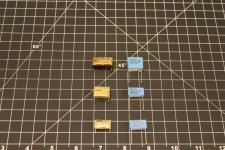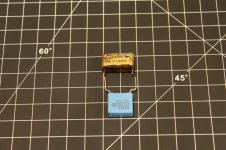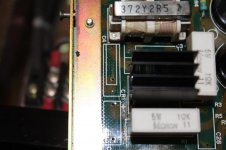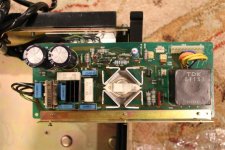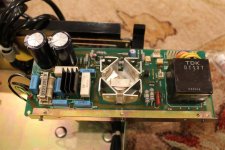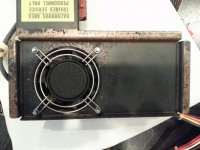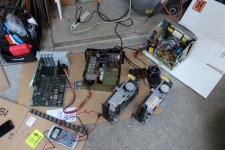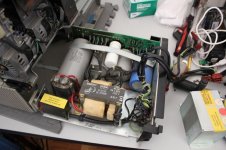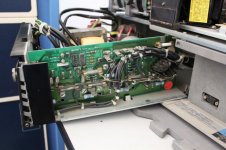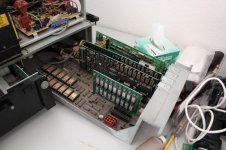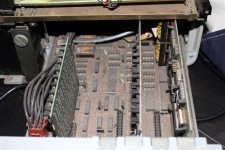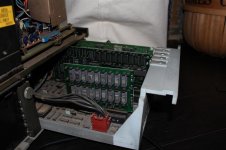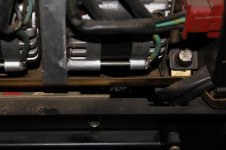I don't have pictures ready to share yet, but I've dug deeper into my 5322 tonight. I have the card drawer fully removed and the cards out, and I'm starting to try to figure stuff out. Before I took it apart, I put numbered labels on the connectors and took pictures of where everything went.
It might be my imagination, but it sure seems like IBM went out of their way to make the design as opaque as possible to somebody without documentation and training. No silkscreen; no reference designators; what looks like customer-proprietary numbering on all of the ICs; jumpers unlabeled; even the boards just have numbers on them, with nothing that looks like a human-understandable designation. Some chips are easy to identify as "probably ROM" or "probably RAM" by size, style, parts count and arrangement. I don't think they paid NEC to custom-number the FDC chip. But pretty much everything else it indistinguishable and opaque. I haven't even figured out where the CPU is yet. Maybe the idea of having human-readable documentation on PCBs just hadn't taken hold at IBM yet, but the opacity seems so thorough as to appear deliberate to me. I would sure like to have hardware documentation for this beast!
As you'll see when I have pictures ready, my motherboard has lots of wire rework on the back. Also, two of the plug-in cards look like they have nearly identical PCBs with very different component assembly options on them; more to follow when I compose better notes.
The ROMs and a label on the back panel of the cabinet indicate a 1980 copyright date on all of the incorporated code.
Oh, and only the (apparent) ROMs in my system are socketed. Everything else is soldered down.
It might be a day or even a week before I have pictures ready to share, but I'll continue working on this fun task of comparing our machines.
